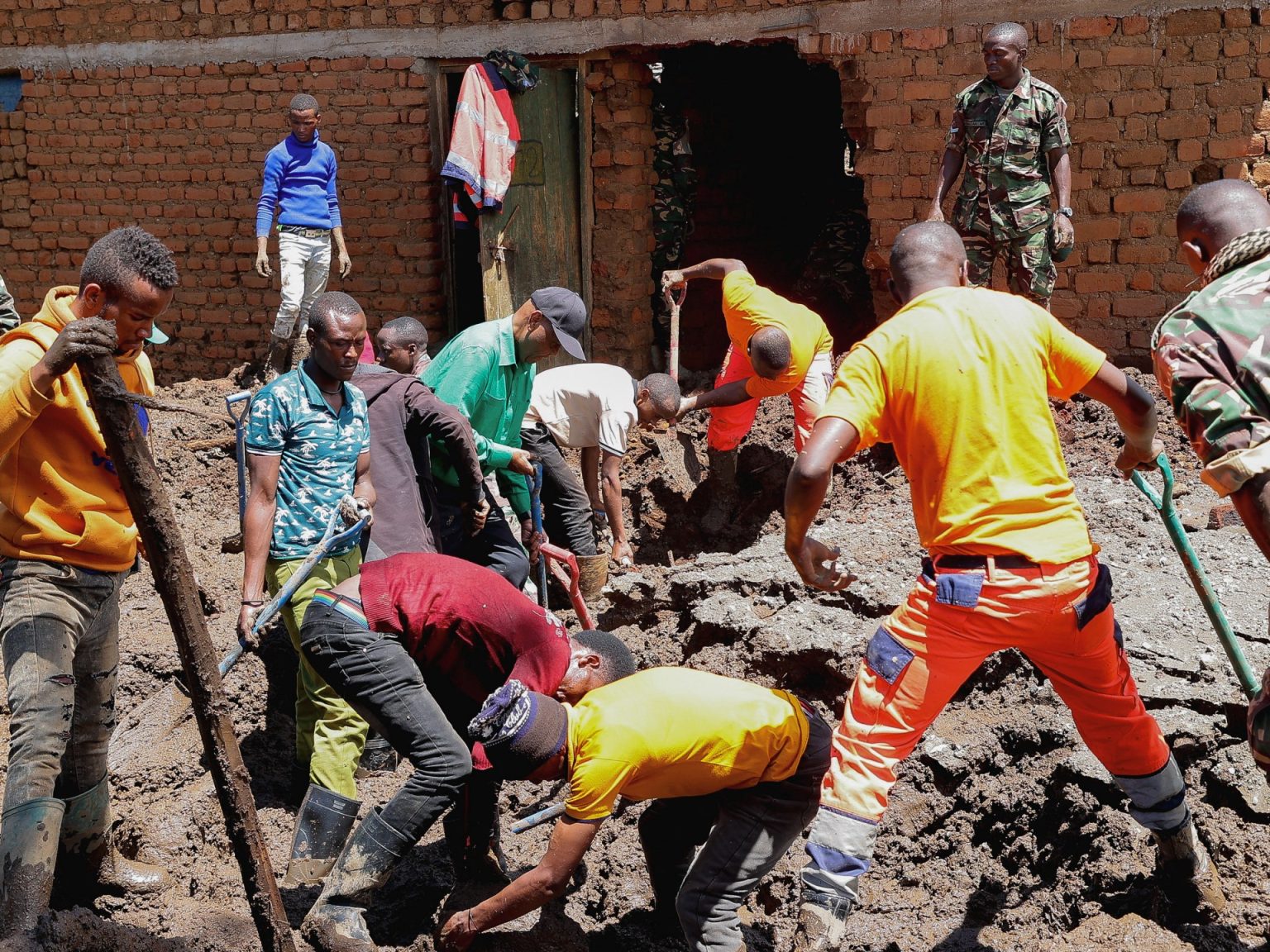The flooding in Tanzania has had devastating effects, with over 100,000 people being affected and 58 people losing their lives in the past two weeks. The government has attributed the heavy rains to the El Nino phenomenon, which has caused droughts and floods across the globe. The coastal region of Tanzania has been hit particularly hard, with 11 deaths reported in that area alone. Infrastructure projects are being considered as a long-term solution to prevent future flooding, with plans to construct 14 dams to mitigate the impact of heavy rains.
The death toll from the floods has continued to rise, with eight schoolchildren drowning in a flooded gorge in the north of the country. A volunteer involved in rescue operations also lost their life. A total of 126,831 people have been affected by the flooding, with over 75,000 farms damaged in the coastal and Morogoro areas. Essential supplies, including food, have been distributed to those in need. Other parts of East Africa, including Kenya, have also been experiencing heavy rains, resulting in more casualties and infrastructure damage.
The World Weather Attribution group has noted that the rainfall in East Africa between October and December was among the most intense ever recorded in the region. Climate change has been identified as a contributing factor, making the heavy rainfall up to two times more intense. The exact contribution of global warming to the extreme weather events remains uncertain. As a result, those living in flood-prone areas are being urged to move to safer locations to avoid further casualties and damage to property.
The Tanzanian government is taking steps to address the immediate needs of those affected by the floods, including providing emergency supplies and assistance. However, the long-term solution lies in investing in infrastructure projects to prevent similar disasters in the future. The construction of dams is seen as a key measure to avoid flooding in the coastal region and other vulnerable areas. With the unpredictable effects of climate change, proactive measures are essential to mitigate the impact of extreme weather events and protect the lives and livelihoods of Tanzanians.
The recent floods in Tanzania serve as a stark reminder of the devastating impact of natural disasters on vulnerable communities. As the country grapples with the aftermath of the floods, it is clear that more needs to be done to build resilience and adapt to the changing climate. International cooperation and support may also be necessary to effectively address the challenges posed by extreme weather events. By implementing sustainable solutions and investing in disaster preparedness, Tanzania can better protect its population and limit the damage caused by future floods and other climate-related disasters.
In conclusion, the flooding in Tanzania has resulted in a significant loss of life and destruction of property, highlighting the urgent need for proactive measures to address the impact of extreme weather events. Climate change is exacerbating the intensity of rainfall and increasing the risk of flooding in the region. By investing in infrastructure projects and implementing sustainable solutions, Tanzania can build resilience and reduce the vulnerability of its population to natural disasters. International cooperation and support may also be required to effectively address the challenges posed by climate change and protect the lives and livelihoods of Tanzanians.













